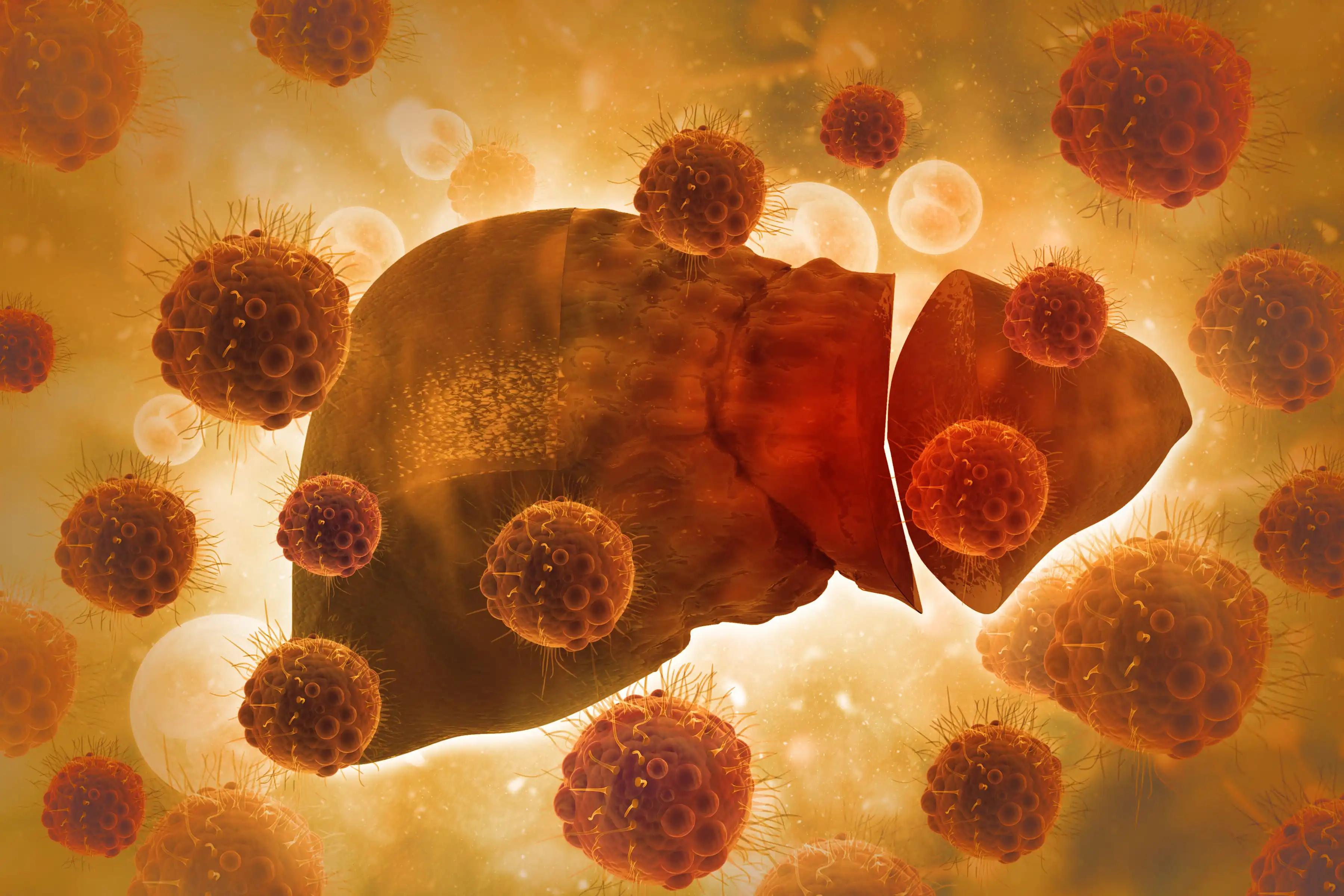KEY TAKEAWAYS
- The study aimed to integrate single-cell RNA-seq and bulk RNA-seq data to construct LIHC CSC signatures and assess their impact on patient prognosis and treatment strategies.
- Researchers noticed the development of a novel prognostic risk signature using CSC-related genes, offering innovative insights for LIHC diagnosis, prognosis, and treatment.
Liver hepatocellular carcinoma (LIHC) is a prevalent form of primary liver cancer, characterized by its propensity for recurrence, metastasis, and resistance to treatment. Tumor stem cells have emerged as pivotal players in these processes, yet the absence of established cancer stem cell (CSC)-associated gene signatures poses a challenge in predicting prognosis and devising effective treatment strategies for patients diagnosed with LIHC.
Lixia Liu and the team aimed to assess the role of CSCs in LIHC by integrating single-cell RNA-seq and bulk RNA-seq data.
They performed an inclusive analysis utilizing single-cell RNA sequencing (scRNA-seq) and bulk RNA transcriptome data obtained from public datasets. Initially, the CytoTRACE package and the One Class Linear Regression (OCLR) algorithm were employed to assess stemness levels. Subsequently, the association of stemness indicators (CytoTRACE score and stemness index, mRNAsi) with survival outcomes and clinical characteristics was explored through combined clinical information and survival analyses. Weighted co-expression network analysis (WGCNA) and Cox regression were used to assess mRNAsi-related genes in bulk LIHC data and construct a prognostic model.
Single-sample gene-set enrichment analysis (ssGSEA), Cell-type Identification By Estimating Relative Subsets Of RNA Transcripts (CIBERSORT), and Tumor Immune Estimation Resource (TIMER) analysis were employed for immune infiltration assessment. The potential immunotherapeutic response was predicted using the Tumor Immune Dysfunction and Exclusion (TIDE) and tumor mutation burden (TMB), while the sensitivity of high and low-risk groups to common chemotherapeutic drugs was evaluated using the pRRophetic package.
About 4 genes, STIP1, H2AFZ, BRIX1, and TUBB, associated with stemness scores (CytoTRACE score and mRNAsi), were identified, forming a risk model predicting prognosis in LIHC patients. High stemness cells were predominantly observed in late LIHC stages, correlating with poor overall survival (OS). Pathway analysis confirmed the biological uniqueness of the risk groups. Personalized treatment predictions indicated that patients with a low risk benefited more from immunotherapy, while those with a high-risk group may be conducive to chemotherapeutic drugs.
The study concluded by developing a novel prognostic risk signature comprising genes related to CSCs, offering innovative ideas for LIHC diagnosis, prognosis, and treatment strategies.
The study was sponsored by the Medical Science Foundation of Hebei University, the Government Foundation of Clinical Medicine Talents Training Program of Hebei Province, and the Medical Science Foundation of Hebei University.
Source: https://pubmed.ncbi.nlm.nih.gov/38635528/
Liu L, Zhang M, Cui N, et al. (2024). “Integration of single-cell RNA-seq and bulk RNA-seq to construct liver hepatocellular carcinoma stem cell signatures to explore their impact on patient prognosis and treatment.” PLoS One. 2024 Apr 18;19(4):e0298004. doi: 10.1371/journal.pone.0298004. PMID: 38635528; PMCID: PMC11025768.



